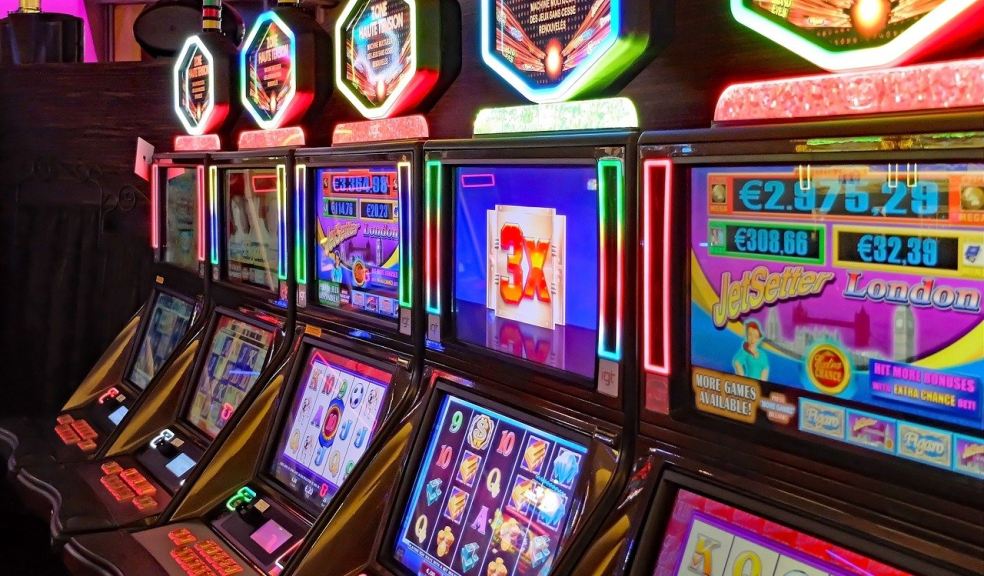Slot games, often simply referred to as slots, have evolved from mechanical wonders to sophisticated digital experiences. Their journey from the early “one-armed bandits” to the complex video slots we see today is a testament to their enduring appeal and adaptability. This article explores the history, psychology, mechanics, and future of slot qris games, shedding light on why they continue to captivate millions worldwide.
A Brief History
The first slot machine, the Liberty Bell, was invented by Charles Fey in 1895. This mechanical device featured three spinning reels and five symbols: hearts, diamonds, spades, horseshoes, and the Liberty Bell. Winning combinations would yield a small payout, sparking the excitement that has been associated with slots ever since.
As technology advanced, so did slot machines. The 1960s saw the introduction of electromechanical slots, which allowed for more complex features like multiple paylines and bigger jackpots. The real revolution came in the 1990s with the advent of video slots, which replaced physical reels with computer graphics, opening up endless possibilities for game design.
The Psychology Behind Slot Games
The allure of slot games is deeply rooted in psychology. One of the key factors is the concept of “variable ratio reinforcement.” Unlike a fixed ratio schedule, where rewards are predictable, a variable ratio schedule delivers rewards at random intervals. This unpredictability is highly engaging and can lead to sustained play, as players are always anticipating the next big win.
Additionally, modern slot games incorporate a plethora of sensory stimuli. Bright graphics, dynamic animations, and immersive sound effects create an engaging environment that keeps players hooked. The near-miss effect, where the symbols almost align to form a winning combination, further intensifies the anticipation and excitement, encouraging continued play.
Mechanics and Features
Modern slot games are a marvel of digital engineering. They typically feature multiple reels, ranging from three to six or more, and numerous paylines, which can be fixed or adjustable. The more paylines a game has, the higher the chance of winning on each spin.
Bonus features are a staple in contemporary slot games. These can include free spins, multipliers, wild symbols, and mini-games. These features not only increase the potential payouts but also add layers of entertainment and strategy. For instance, wild symbols can substitute for any other symbol to form a winning combination, while bonus rounds often transport players to a different screen where they can win additional prizes.
The Future of Slot Games
The future of slot games looks brighter than ever, thanks to advancements in technology and changing consumer preferences. Virtual Reality (VR) and Augmented Reality (AR) are poised to revolutionize the gaming experience, offering fully immersive environments where players can interact with the game in new and exciting ways.
Blockchain technology is also making its way into the world of slot games, promising increased transparency and fairness. With provably fair algorithms, players can verify the legitimacy of each spin, fostering greater trust in the gaming industry.
Moreover, the rise of mobile gaming has made slots more accessible than ever. Developers are creating games specifically designed for smartphones and tablets, ensuring that players can enjoy their favorite slots on the go. Social gaming, where players can compete against friends or participate in tournaments, is also becoming increasingly popular, adding a communal aspect to the traditionally solitary activity of playing slots.
